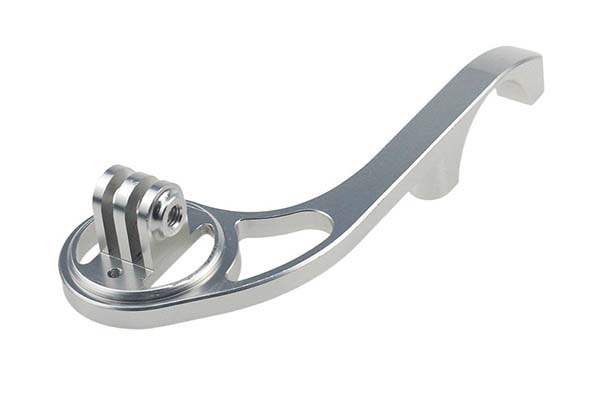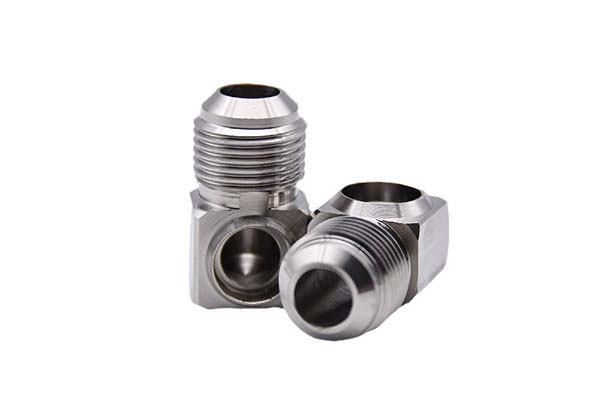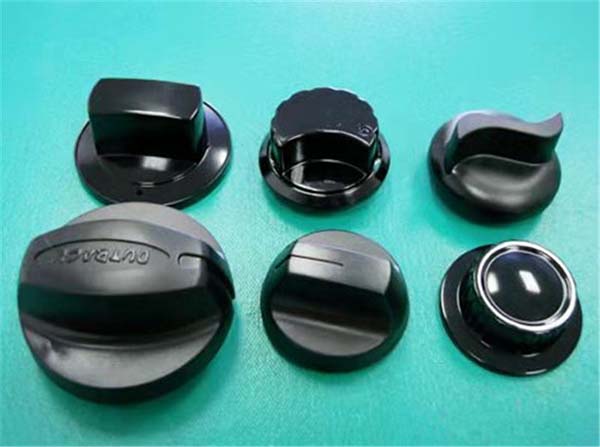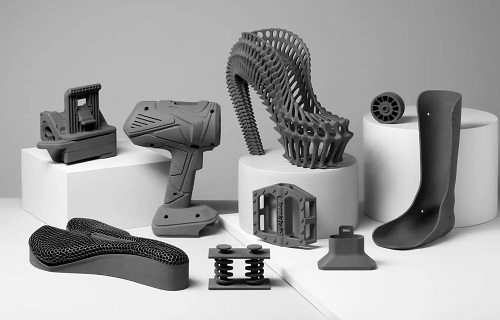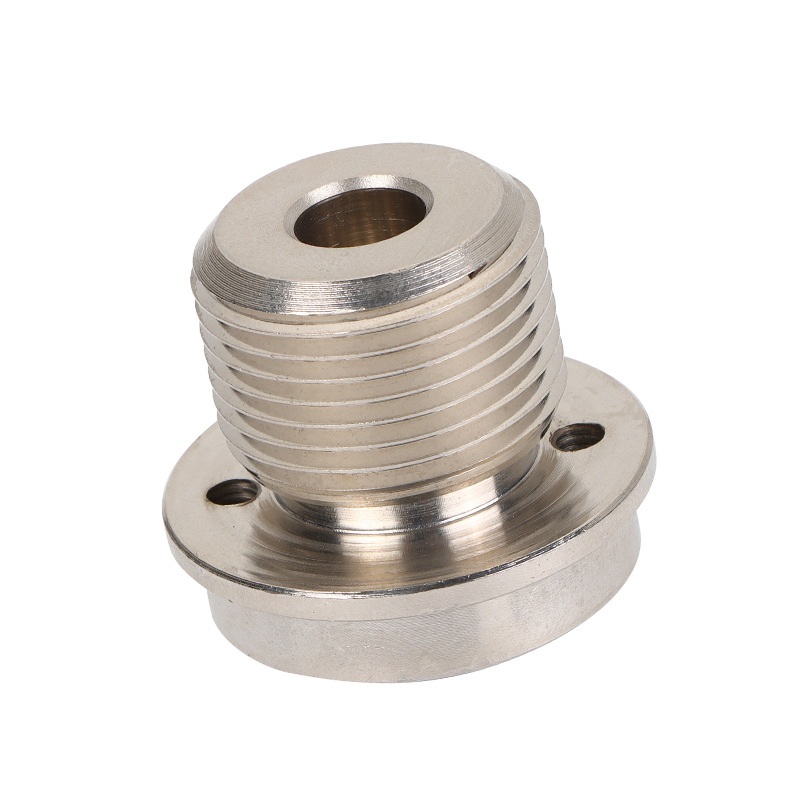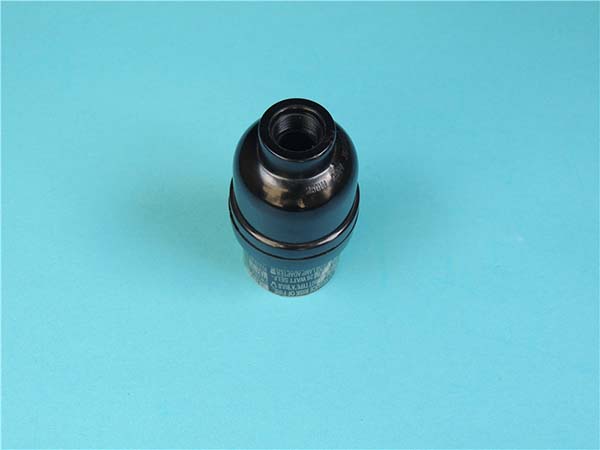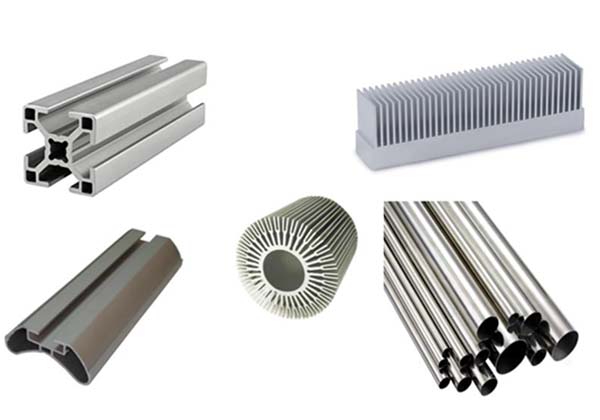What is SLS Technology 3D Printing?
SLS technology 3D printing, short for Selective Laser Sintering, is a remarkable additive manufacturing process that has been revolutionizing the manufacturing and prototyping industries. It uses a high - power laser to sinter powdered materials, such as plastics, metals, ceramics, or composites, layer by layer to create three - dimensional objects.
The working principle of SLS 3D printing is as follows:
- Model Preparation: First, a 3D model of the object to be printed is created using computer - aided design (CAD) software. This digital model serves as the blueprint for the entire printing process. The CAD file is then converted into a format that the 3D printer can understand, typically an STL (Standard Tessellation Language) file.
- Powder Spreading: In the SLS printer, a thin layer of powdered material is evenly spread across a build platform. The thickness of this layer usually ranges from 0.05 to 0.2 mm, depending on the material and the desired level of detail. For example, when using nylon powder for SLS printing, a common layer thickness might be around 0.1 mm.
- Laser Sintering: Once the powder layer is in place, a high - power laser beam scans the surface of the powder according to the cross - sectional pattern of the 3D model at that layer. The laser heats the powder particles to a temperature just below their melting point, causing them to fuse together. This process is called sintering. For instance, in the case of metal SLS printing, the laser energy is precisely controlled to sinter metal powders like stainless steel or titanium.
- Layer Stacking: After one layer is completely sintered, the build platform lowers by the thickness of a single layer. A new layer of powder is spread on top of the previously sintered layer, and the laser - sintering process repeats. This sequential layering continues until the entire 3D object is fully formed.
- Post - Processing: Once the printing is complete, the object is removed from the powder bed. Excess powder is carefully removed, and depending on the application, additional post - processing steps such as heat treatment, polishing, or infiltration with other materials may be carried out to improve the mechanical properties and surface finish of the printed part.
How Does SLS 3D Printing Work?
The operation of SLS 3D printing is a precisely - orchestrated process:
Powder Spreading
- A recoater mechanism evenly distributes a thin layer of powder across the build platform. This powder can be made of various materials, such as polyamide (nylon) for general - purpose use, or more specialized powders like aluminum or cobalt - chrome for metal applications. For example, in a typical industrial SLS printer, the recoater blade moves smoothly across the platform, ensuring that the powder layer has a consistent thickness. This thickness is crucial as it directly impacts the resolution and surface finish of the final printed part. Thinner layers, around 0.05 mm, can produce parts with finer details, while thicker layers (up to 0.2 mm) may be used for applications where speed is more important than extreme precision.
Laser Scanning and Sintering
- Once the powder layer is in place, a high - power laser, such as a carbon - dioxide (CO₂) laser, is activated. The laser beam is directed by a set of mirrors (galvanometric mirrors) that can rapidly move the laser across the powder bed.
- The laser scans the powder layer according to the cross - sectional data of the 3D model. When the laser hits the powder particles, it raises their temperature to a point just below their melting point. This causes the particles to bond together through sintering. For instance, in the case of sintering plastic powders, the heat from the laser causes the polymer chains in the powder to interlink and fuse, gradually forming a solid structure. In metal SLS, the laser energy is carefully calibrated to ensure that the metal powder particles sinter without melting completely, as complete melting could lead to issues like warping and porosity.
Layer - by - Layer Construction
- After the first layer is sintered, the build platform is lowered by the thickness of a single layer. A new layer of powder is then spread on top of the previously sintered layer, and the laser scanning and sintering process is repeated. This continuous cycle of powder spreading, laser sintering, and platform lowering builds up the 3D object layer by layer.
- Each layer adheres to the previous one, gradually creating a complex three - dimensional structure. The entire process is automated and controlled by the printer's software, which precisely coordinates the movement of the recoater, the laser, and the build platform. This allows for the creation of highly intricate and accurate parts, with features such as internal cavities, lattice structures, and complex geometries that would be extremely difficult or impossible to achieve with traditional manufacturing methods.
How Does SLS Compare with Other 3D Printing Technologies?
?
When considering 3D printing technologies for a project, it's crucial to understand how SLS stacks up against its counterparts. Here's a comparison between SLS and two other popular 3D printing methods, Fused Deposition Modeling (FDM) and Stereolithography (SLA), in terms of several key aspects:
| Aspect | SLS | FDM | SLA |
| Materials | Plastics (e.g., nylon, polypropylene), metals (e.g., stainless steel, titanium), ceramics, composites | Thermoplastics like ABS, PLA, PETG | Photopolymer resins |
| Precision | High, layer thickness typically 0.05 - 0.2 mm. Can produce complex geometries with good detail accuracy | Moderate. Layer thickness usually 0.1 - 0.4 mm. Less precise for very fine details | High. Can achieve sub - millimeter accuracy, with layer thickness often 0.025 - 0.1 mm, suitable for intricate and detailed parts |
| Speed | Relatively fast for large parts as it can sinter multiple areas simultaneously in a layer. Build speed depends on the complexity of the model and powder spreading rate | Generally slower, especially for large or complex models, as it extrudes material in a sequential, line - by - line manner | Can be fast for small and simple parts. However, for large and complex geometries, the curing time for each layer and the need to support complex structures can slow down the process |
| Cost (Equipment) | High - end industrial SLS printers can be very expensive, often in the range of tens to hundreds of thousands of dollars, due to the need for high - power lasers and precise powder handling systems | More affordable, with entry - level desktop FDM printers available for a few hundred dollars, and industrial - grade models costing several thousand dollars | Intermediate cost. Desktop SLA printers are usually more expensive than FDM but less than SLS, and professional industrial SLA systems can be quite costly |
| Cost (Materials) | SLS powders can be relatively expensive, especially for high - performance materials like some metal powders. However, unused powder can often be recycled, reducing long - term material costs | FDM filaments are generally less expensive, with common materials like PLA and ABS being quite affordable. But the cost can vary depending on the material quality and brand | SLA resins can be costly, and they usually have a shorter shelf life compared to FDM filaments and SLS powders |
| Surface Finish | Good surface finish without the need for extensive post - processing, but may have a slightly granular appearance depending on the powder size. Some post - processing like bead blasting can further improve the surface | Often has visible layer lines, requiring post - processing such as sanding, polishing, or vapor smoothing to achieve a smooth surface finish | Excellent surface finish right out of the printer, suitable for applications where aesthetics are crucial, such as jewelry and art models |
| Part Strength | Parts printed with SLS generally have good mechanical properties and strength, especially when using high - performance materials. The sintered structure provides a high degree of integrity | FDM parts can have variable strength depending on the infill pattern and material used. They are generally suitable for functional prototypes and low - stress applications | SLA parts are relatively brittle due to the nature of the cured resin. They are more suitable for applications where high - strength is not the primary requirement, such as visual prototypes |
Yigu Technology's View
As a non - standard plastic metal products custom Supplier, Yigu Technology believes that SLS technology 3D printing offers significant advantages, especially in producing complex structures and small - batch production. The ability to use a variety of materials, from plastics to metals, allows for greater design flexibility. We continuously monitor the development of SLS technology, exploring how to leverage it to provide better services for our customers. By adopting SLS technology, we aim to improve product quality and production efficiency, meeting the diverse needs of our clients in various industries.
FAQ
What materials can be used in SLS 3D printing?
SLS 3D printing is highly versatile in terms of materials. A wide range of substances can be utilized, including plastics like nylon (polyamide), polypropylene, and thermoplastic elastomers. Nylon is particularly popular due to its good mechanical properties, toughness, and chemical resistance. Metals such as stainless steel, titanium, aluminum, and cobalt - chrome can also be used in SLS metal 3D printing. Additionally, ceramics and composite materials can be sintered, enabling the production of parts with unique properties for various applications, from aerospace components to dental prosthetics.
Is the surface finish of SLS 3D printed parts good?
SLS 3D printed parts generally have a relatively good surface finish compared to some other 3D printing methods like FDM. However, they may have a slightly granular appearance due to the nature of the sintering process with powder materials. The surface finish can be affected by factors such as powder particle size and the sintering parameters. For applications that require a very smooth surface, post - processing techniques like bead blasting, polishing, or chemical vapor smoothing can be employed to significantly improve the surface quality.
How much does an SLS 3D printer cost?
The cost of an SLS 3D printer can vary greatly. Entry - level industrial SLS printers often start at tens of thousands of dollars, while high - end, large - format, or more advanced models can cost hundreds of thousands of dollars. The price is influenced by factors such as the build volume (larger build volumes generally mean higher costs), the power and precision of the laser system, the quality of the powder handling and spreading mechanisms, and the brand and reputation of the manufacturer. Additionally, ongoing costs for maintenance, replacement parts, and materials also need to be considered when calculating the total cost of ownership.
